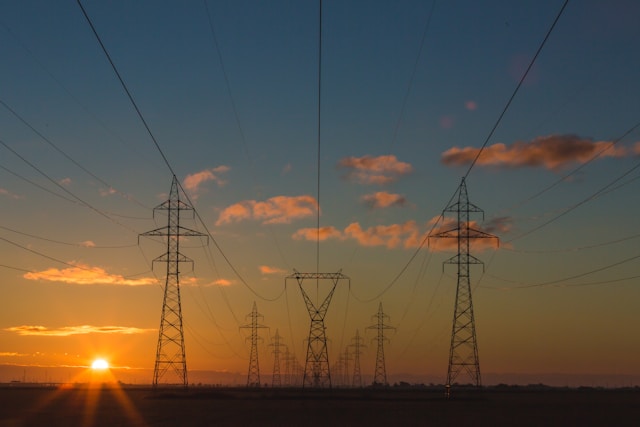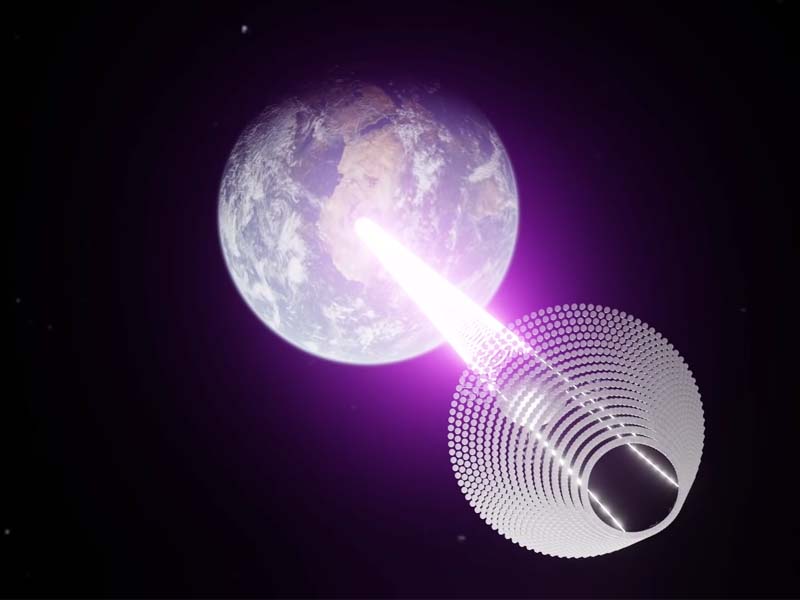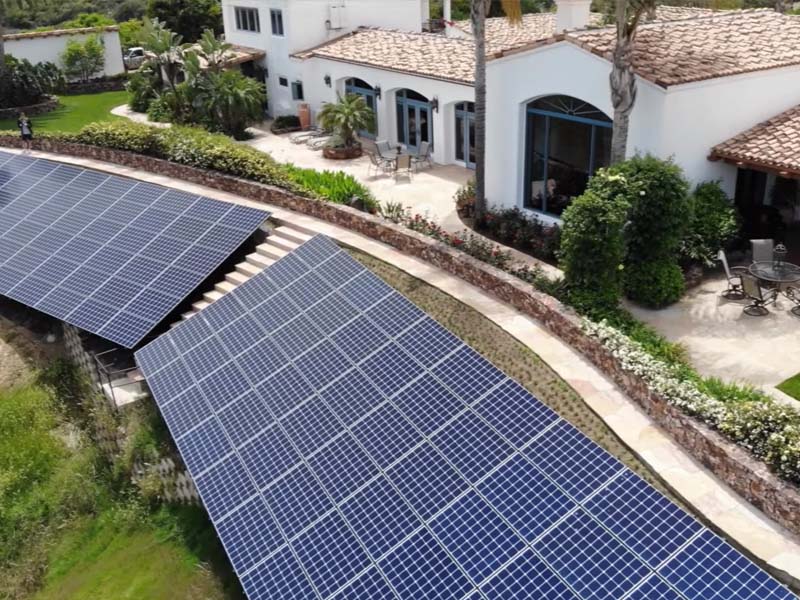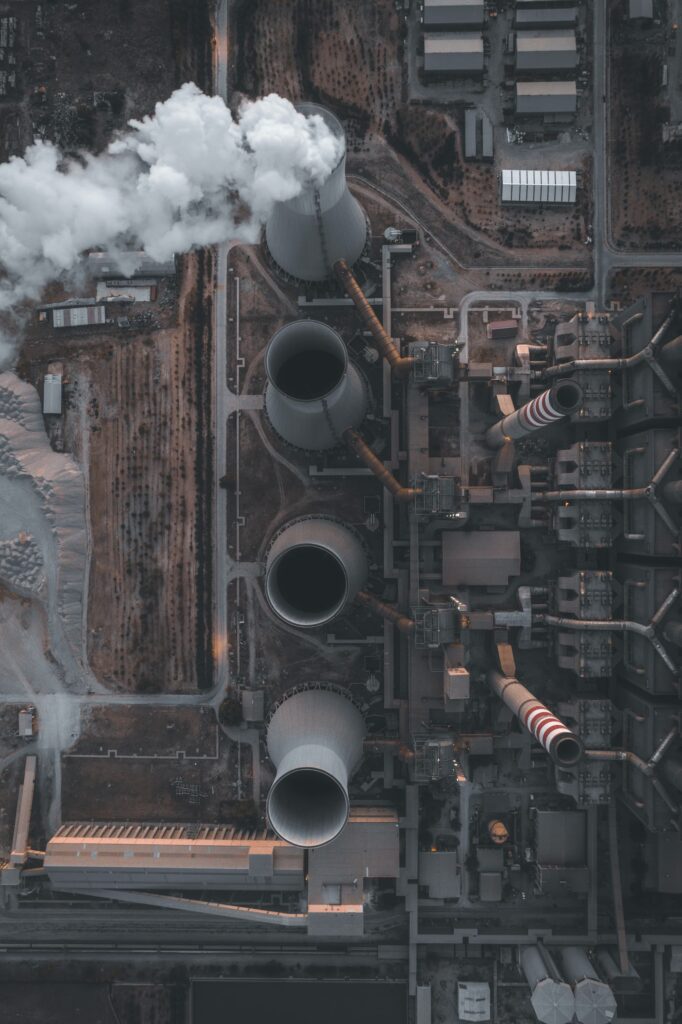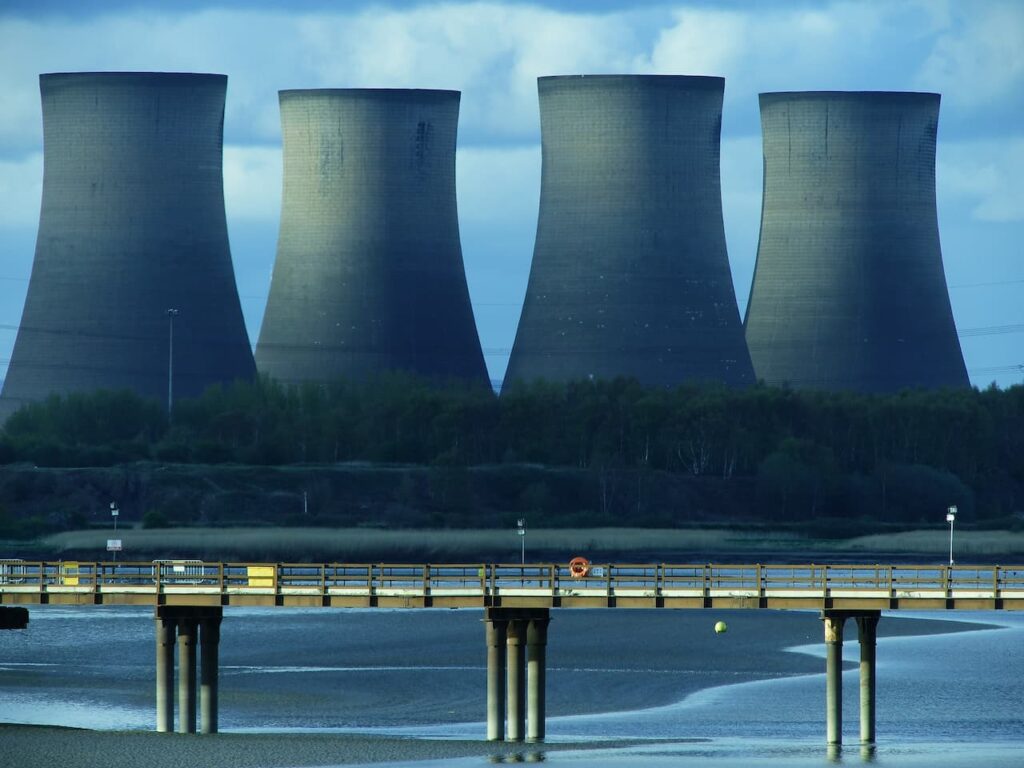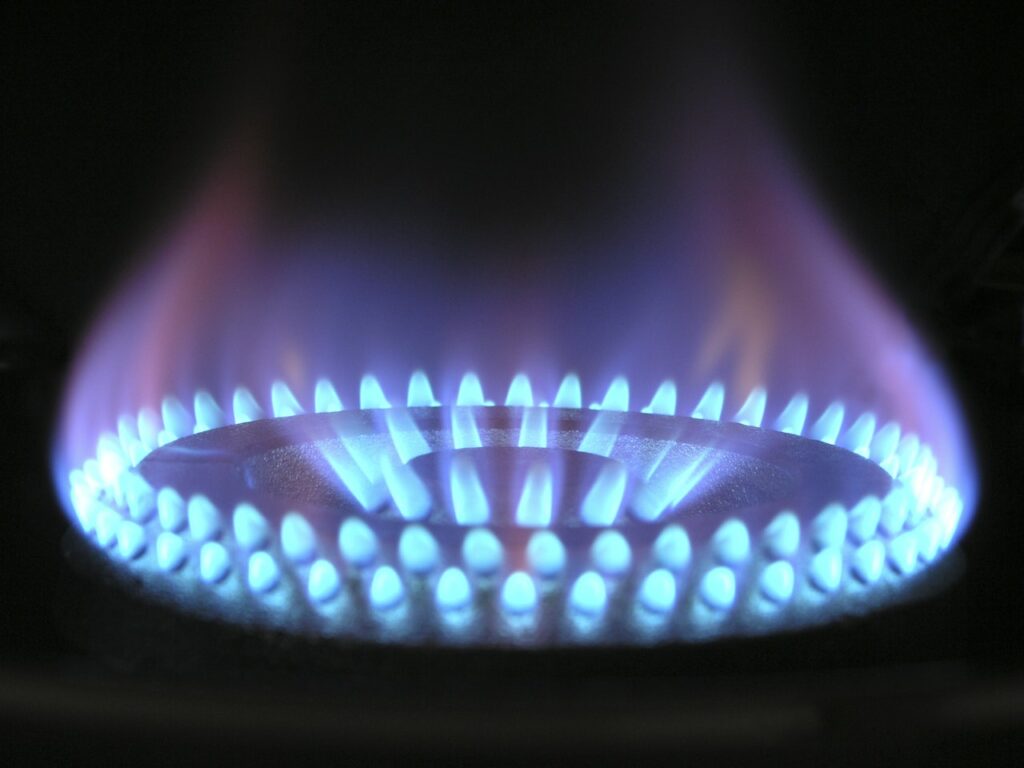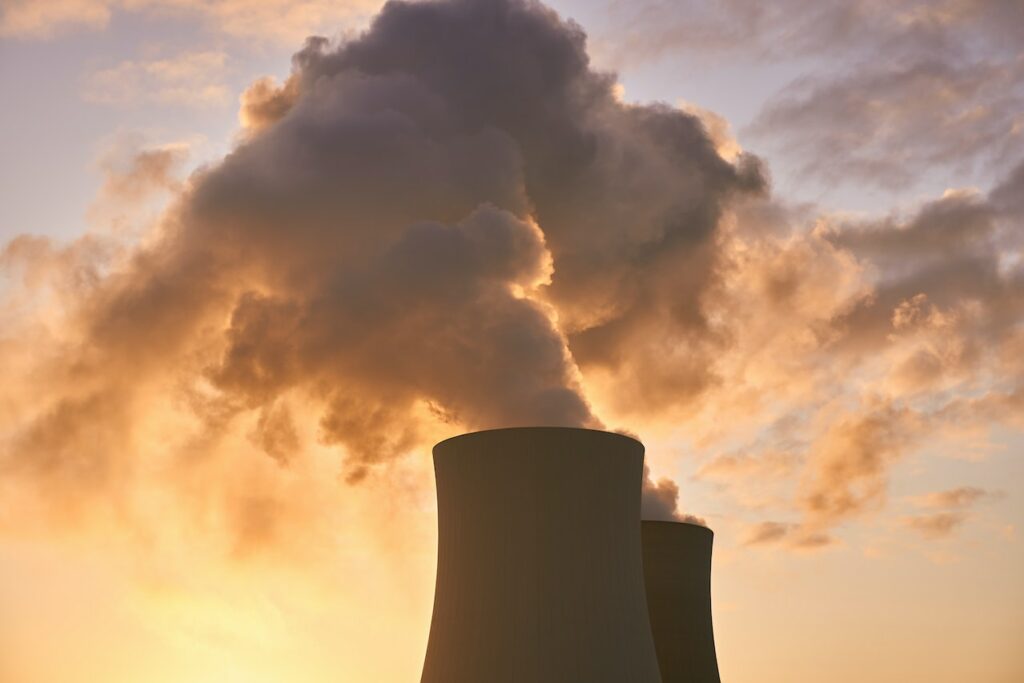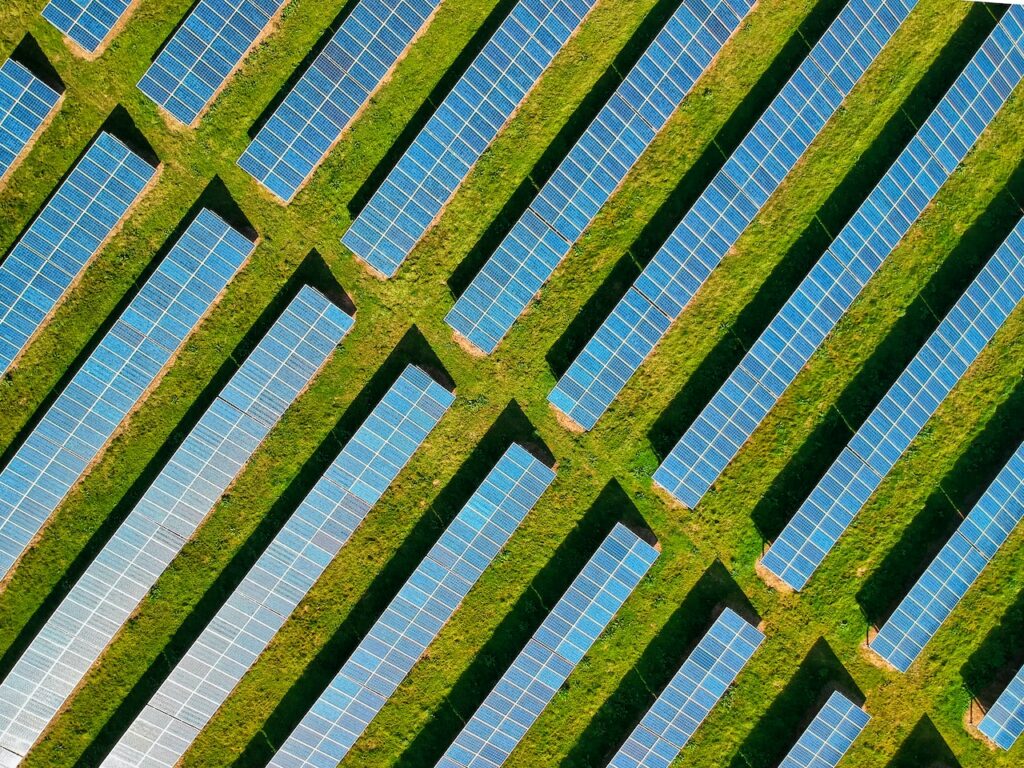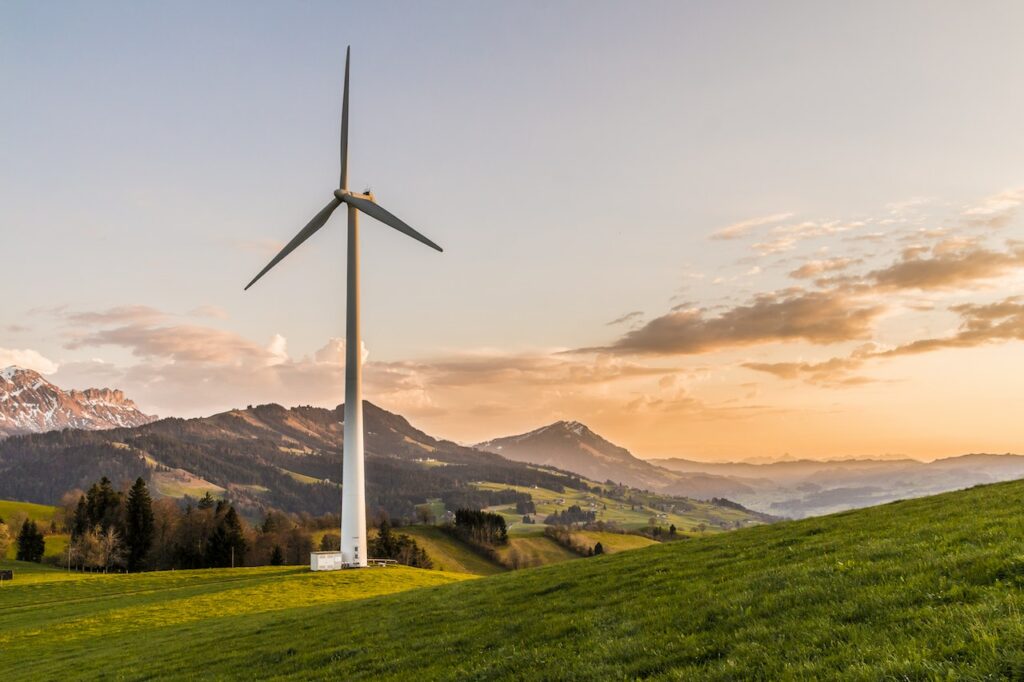When students encounter overwhelming deadlines or complex research tasks, they often turn to unexpected solutions. Among them is the subtle yet impactful role of the ghostwriter. The concept may sound mysterious, but in practice it is about providing structured guidance, linguistic refinement, and reliable research assistance. While browsing through academic resources such as https://studibucht.de/bachelorarbeit/, one can quickly see how crucial…
